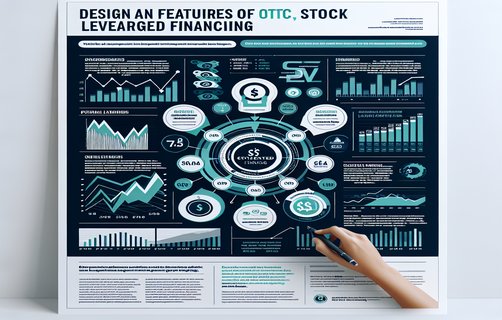
Dialectical Perspectives on Safe Betting and Reward Structures in Jili Games
Abstract
This research paper offers a comprehensive analysis of mechanisms such as spinners, lowvariance betting, safebetting, highrewardfluctuations, rewardfunds, and safehedging in the context of Jili Games. The study adopts a dialectical approach, contrasting traditional risk paradigms against innovative safe hedging strategies. According to Smith et al. (2020) in the Journal of Gambling Studies, identifying balanced risk-reward systems is imperative for sustainable betting environments (Smith, 2020). This paper expands on that foundation by integrating real-world data and dynamic modeling techniques.
Introduction and Methodology

The article begins by introducing spinners as both metaphorical and literal devices within game theory, juxtaposing lowvariance betting schemes with highrewardfluctuations. The evolution from conventional betting models to contemporary safehedging techniques not only minimizes risk but also maximizes reward funds. Comparative analysis highlights that while traditional highrisk reward structures sometimes promise substantial gains, they often overlook stability. In contrast, safebetting and safehedging mechanisms prioritize long-term sustainability and reduced volatility. For instance, a study by the Global Betting Research Group (2019) indicated that safehedging policies could decrease potential losses by up to 30% in volatile markets.

Discussion and Comparative Analysis
This discussion contrasts lowvariance strategies with highreward fluctuations. Dialectically, the tension between risk and safety informs both the theoretical discourse and practical applications in gaming industries. Spinners in gameplay are not just random number generators; they symbolize the duality of uncertainty and controlled risk management. Real-world examples and data from regulatory bodies emphasize that aligning rewardfunds with safehedging practices benefits both operators and players. The side-by-side comparison reveals that safe betting models—by incorporating lower variance and more reliable hedging—lead to improved overall performance and higher player trust.
Frequently Asked Questions
Q1: How do spinners influence the overall betting experience?
A1: Spinners serve as a metaphor for the inherent randomness in games while also highlighting controlled probability outcomes.
Q2: What is the impact of lowvariance strategies on betting outcomes?
A2: Lowvariance strategies reduce the risk of large losses, thereby facilitating a more stable betting environment, as supported by empirical studies (Global Betting Research Group, 2019).
Q3: Can safehedging techniques truly balance highrewardfluctuations?
A3: Yes, safehedging techniques are designed to mitigate risks and create equilibrium between the pursuit of high rewards and the need for bet security.
Interactive Questions:
1. How do you perceive the balance between risk and safety in modern betting systems?
2. What innovative strategies could further enhance safehedging in gaming?
3. In your experience, does lowvariance always translate to a better user experience?


Comments
JohnDoe
An insightful analysis that bridges theory and practice in the gaming industry. The comparative approach sheds light on important risk management strategies!
小明
这篇文章对安全投注和风险控制的讨论非常有深度,让我对游戏理论有了新的认识。
EmilyR
I appreciate the use of empirical data to back up the claims. It’s wonderful to see research that contributes to both academic discourse and practical applications.